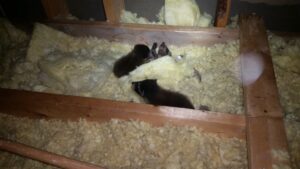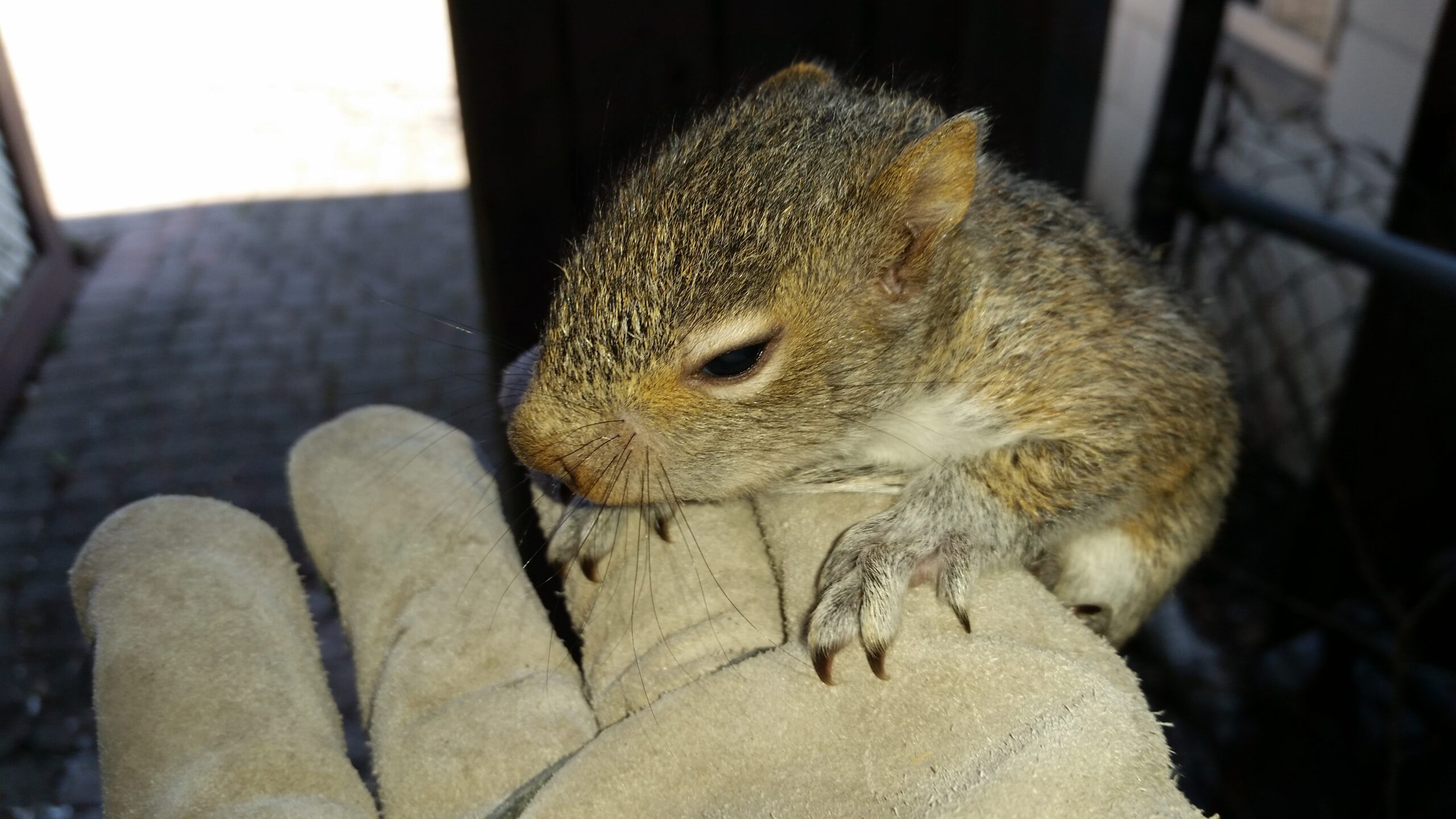The end of the summer is a busy time for the wildlife preparing for colder weather. Although some creatures migrate to warmer areas before the first freeze, others rush to find food and shelter before the temperature drops. When you live in a suburban area, your home can become a convenient shelter for animals looking for warmth. Handling wild animals is a hazardous activity that can result in serious injuries. When you need wildlife removal in Montreal, you should contact professionals who can remove the animals humanely. You can examine how animals prepare for winter in these passages.
Which Animals Make Additional Preparations for Winter?
While some creatures move south in the fall for the warmer weather, most stock up on food and modify their habitats for colder temperatures. Understanding the seasonal behaviour of the wildlife in your area can help you protect your home and prevent unwanted guests from wintering on your property.
Squirrels
Unlike other mammals, squirrels maintain a stable body temperature throughout the year and do not hibernate. They gorge themselves in the fall to increase their body fat, and they store large loads of nuts and seeds in hollowed-out areas in trees or underground. They also add materials to their dens to keep the cold air out.
Skunks
When the temperature cools in the fall, skunks are busy hunting for insects and improving their habitats. Skunks do not hibernate, but they enter a similar state of rest called torpor. Before entering torpor, the animals dig holes under buildings or other structures to serve as winter shelters. Skunks can sleep for up to two weeks before they look for additional supplies, and they’re not happy if a homeowner disturbs their sleep or tries to remove them.
Raccoons
Like skunks, raccoons enter torpor in the wintertime. They eat voraciously to gain weight in the fall because they typically lose half their body weight over the winter. Raccoons look for warm places to shelter like tool sheds, chimneys and attic spaces.
During warmer winter days, raccoons wake up and search the surrounding area for food. Unfortunately, garbage and recycling bins are prized locations for hungry raccoons. Keeping your yard clean and using more durable trash containers can reduce the number of raccoons roaming your yard at night.

Bats
Before hibernating, bats consume vast numbers of insects to fatten up before going to sleep. Bats can drop their body temperature to conserve energy while they sleep for several months. They search for a dark, secluded area to make a winter home, and they often invade attics or garages for the duration of the winter. Waking a group of hibernating bats is a dangerous action that can make them incredibly aggressive.
Mice
Rodents increase their body weight before winter and stock up on food, but they do not hibernate. Mice typically store food near their nests and hunt for more on warmer winter days. Although mice can survive outdoors by burrowing underground, they prefer to find a way into your home where it’s warmer. If you see one mouse inside your home, it’s probably part of a larger family living in a nest behind a wall or in the attic.
How To Remove Wildlife From Your Home
You can protect your home from wildlife by keeping your yard free of debris and repairing any small openings in the walls, foundation or roof. When a family of raccoons, bats or mice are slumbering in your home, the last thing you should do is try to remove them on your own. They can cause injuries and spread disease when they attack, and you need a professional removal service to handle the creatures properly. At Skedaddle Humane Wildlife Control, we can remove the animals humanely and ensure they cannot return.




